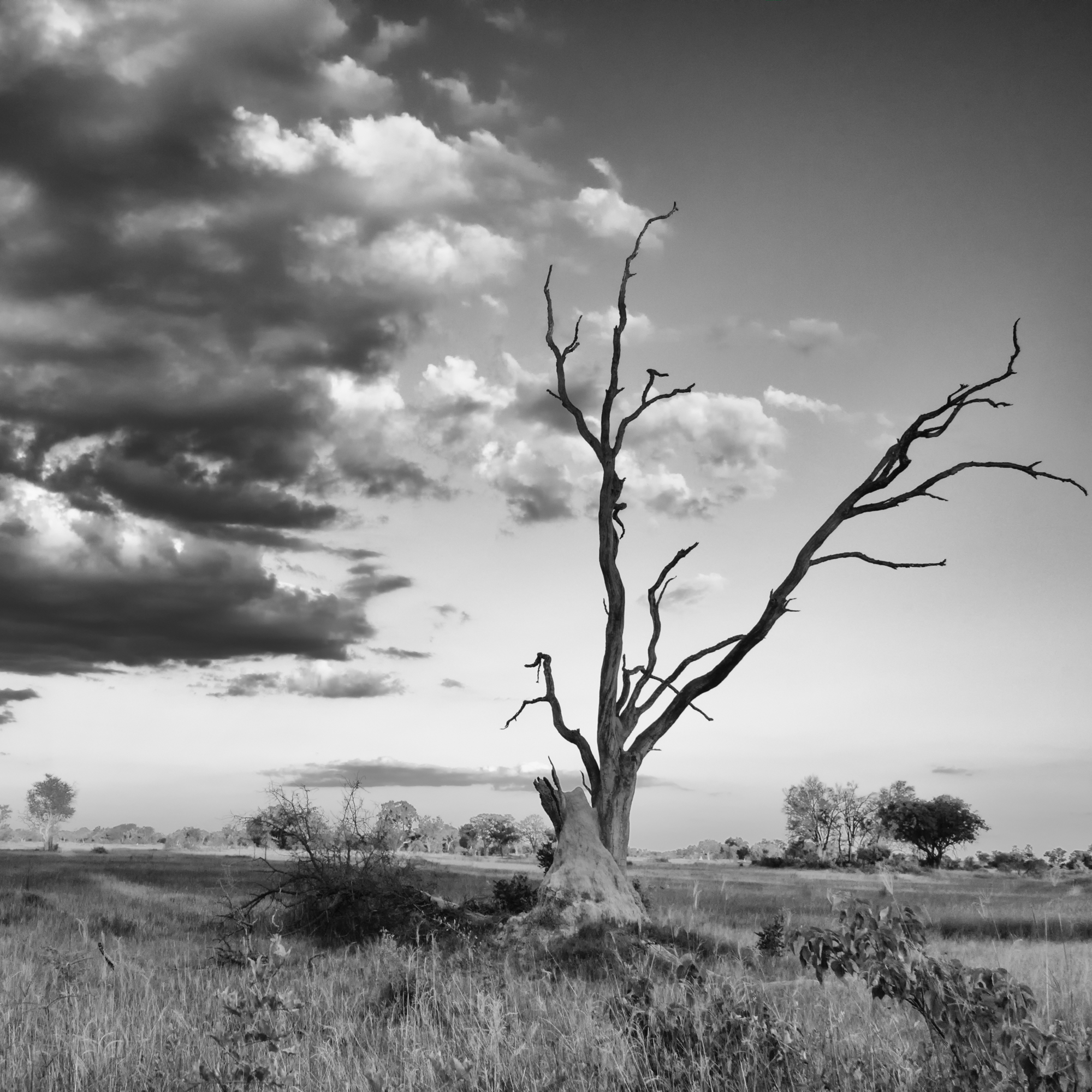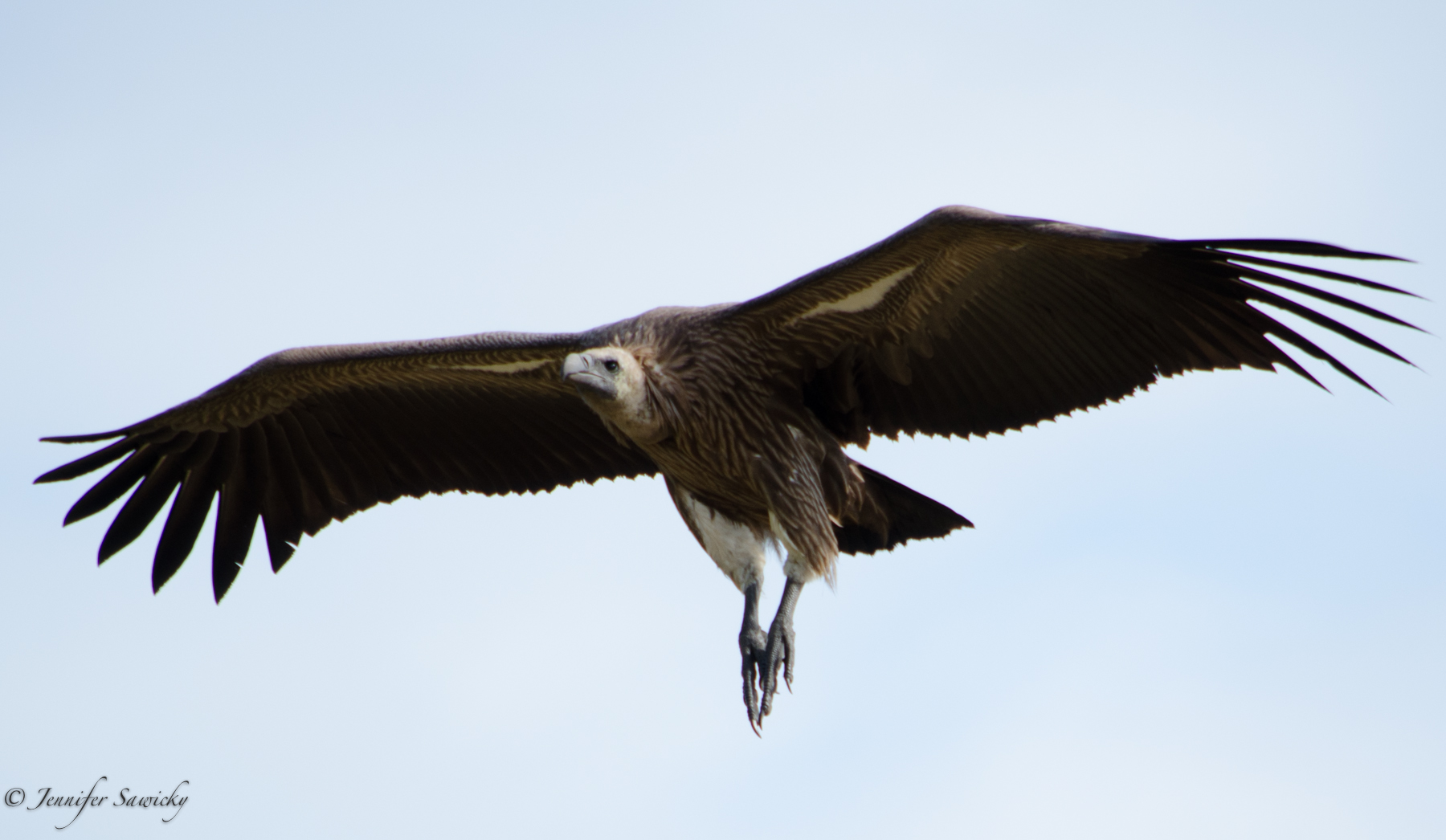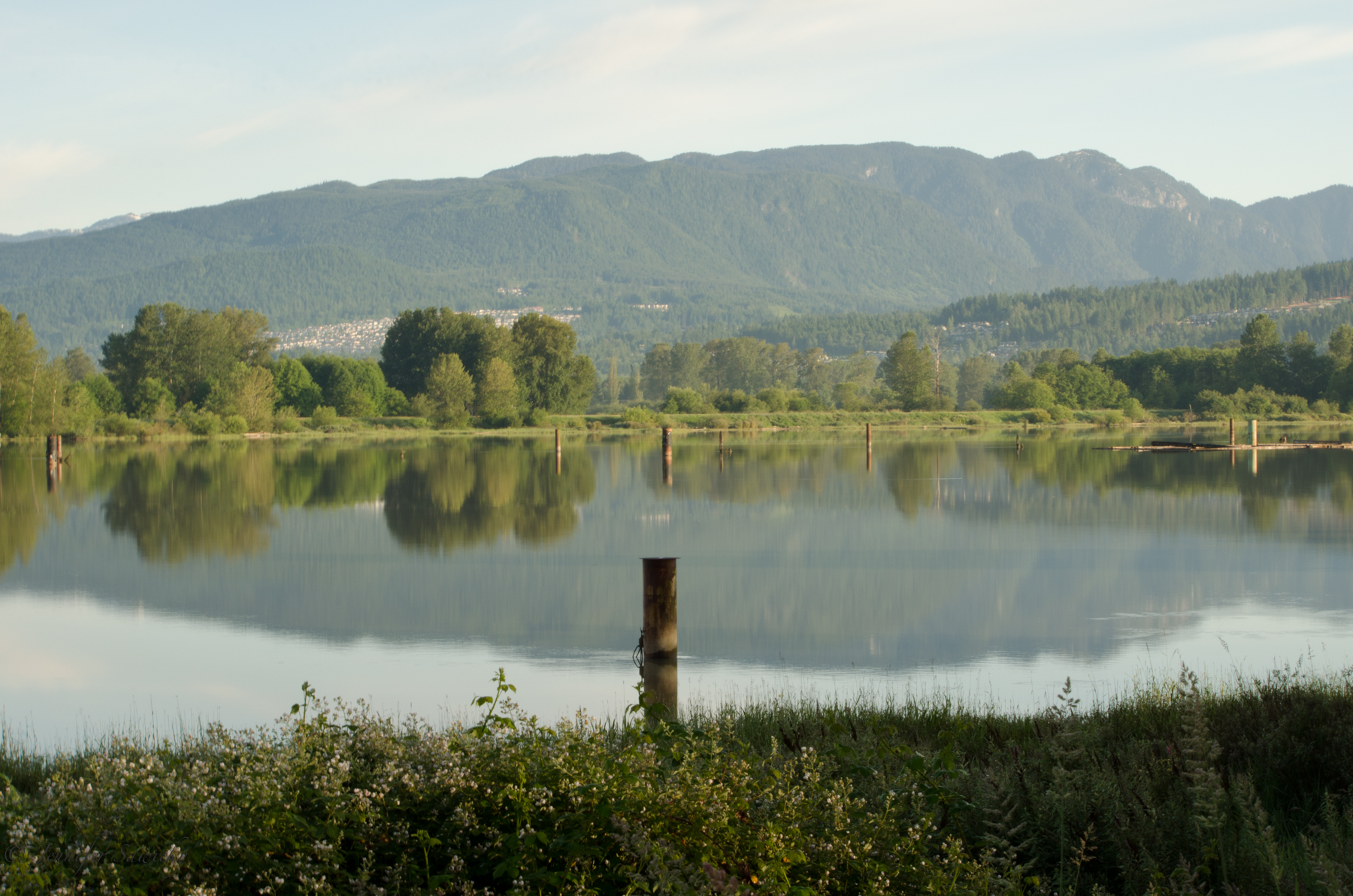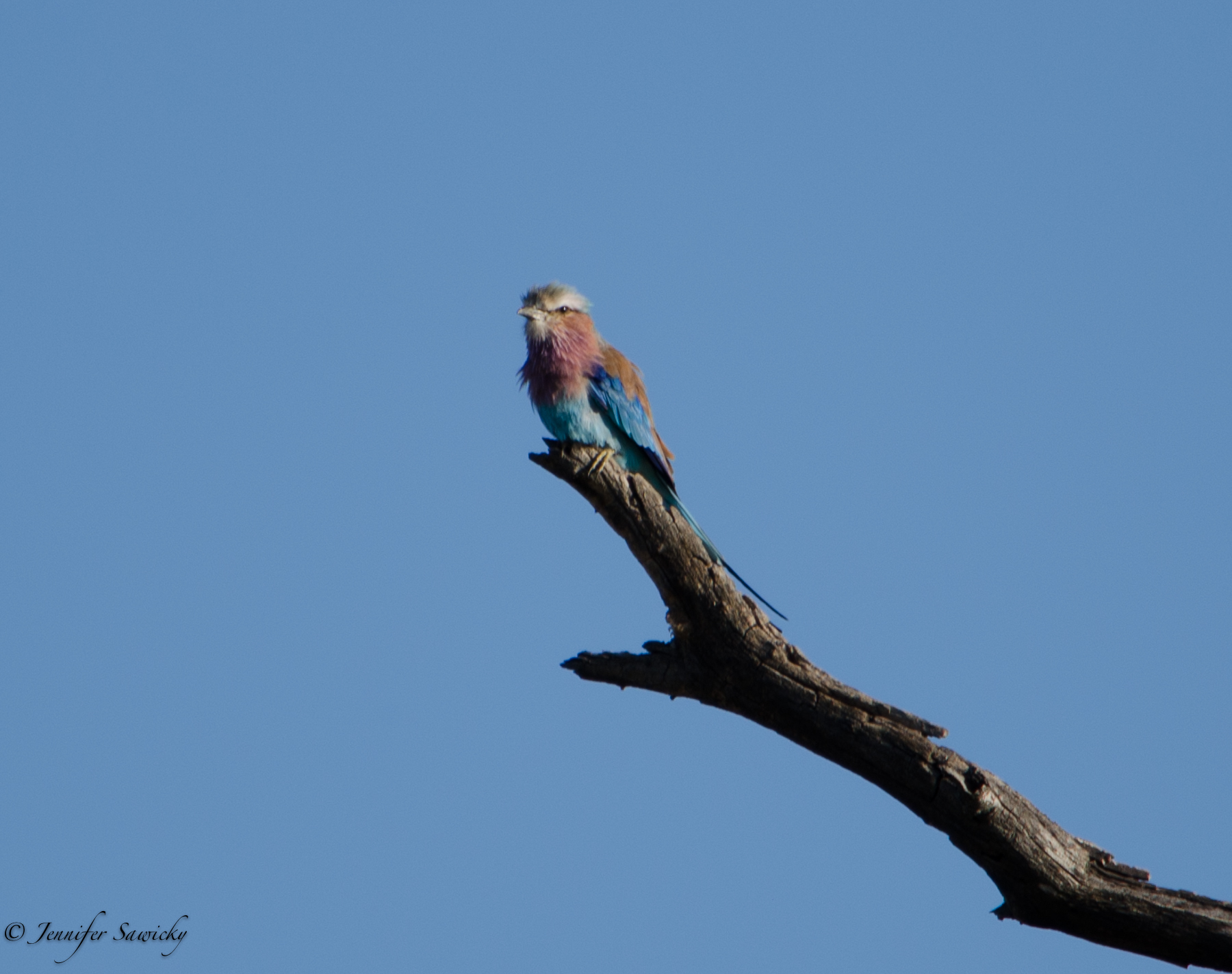The weather on the weekend was not conducive to having my camera out, and none of my indoor projects have inspired me this week. So, I decide instead to experiment with new software on a photo I have worked on before.


Showcasing the beauty of Mother Nature
The weather on the weekend was not conducive to having my camera out, and none of my indoor projects have inspired me this week. So, I decide instead to experiment with new software on a photo I have worked on before.

It’s been several weeks since I went on my last photo walk with my class, but life has gotten in the way of putting together a post of my favourite photos.
The purpose of the trip was to concentrate on the altered landscape, but instead I was focused on all the birds. I rarely see swans in the local area, and on the drive in went past a field filled with them. There was no where to pull over to take a photo, and I was glad when I arrived at Finn Slough and had another opportunity for a photo.
I was lucky enough to have my camera while out on a walk early yesterday morning along the dikes. It was quite foggy, and I was hoping to capture a few shots for a project I am working on. I saw some moment in the tall grasses along the edge of the river, and managed to capture a sequence of a Cooper’s Hawk hunting. I didn’t manage to see in the end if he or she was success in the hunt, but it was still a great thing to witness. The thick fog adds a bit of a vintage feel to the pictures.
I’m currently taking another digital photography course, so I have been busy the last few weeks snapping photos to meet very specific parameters. I was happy as the assignment this week was for landscape photos, both natural and urban.
I don’t yet have a macro lens, but I do really like the results of the close ups shown below – even though they really make me feel as if fall is on the way.
On a larger scale, I captured this lovely sunset near an area where I normally walk Spencer. I often see ducks, geese, heron and the occasional hawk and bald eagle in the area, as well as coyotes if we head out early enough.

Londolozi is well known for the number of leopards they have living within the bounds of the property, and I was lucky enough to see three of them during my visit. They were elusive at first though, and it wasn’t until our third afternoon game drive that we finally saw our first leopard; the lions stole the show for the first half of our visit.

It was around 4:30 when Talley took a call that a leopard had been spotted with a fresh kill, and even though the viewing was not likely to yield great photos, we headed in that direction anyways, since we had yet to see a leopard.
When we found him, he was deep under some bushes with an impala ram. He had already had his fill, but was still working on pulling the fur off of the impala. The view from the vehicle was obstructed by the bushes, while I managed to get a couple shots and a short video clip, mostly I just watched.

We came across this leopard, as well as others, the next morning. The photographic opportunities and the story of that morning viewing were amazing!

I’ve not been having much success in crafting regular posts these days. I had planned on dedicating a post to birds in flight, but many of the photos I thought I would use do not look as crisp as I would like, and are now in the reject pile. Besides, it seemed a bit discriminatory towards those birds I have had the pleasure photographing that do not have the gift of flight.
So instead I’ve put together a rather random selection of birds to feature this week, and fingers crossed I will have both the time and inspiration for something more next week.
So without further ado…








I headed out at 6am on Saturday, armed with a travel mug of coffee, my camera, tripod and ND filter, in the hopes of practicing some long exposure landscape photos at the Pitt River. My intention was to work on techniques that when converted to monochrome, renders the water looking misty and any clouds in the sky ethereal. But the BC weather foiled me again – it was TOO NICE. I won’t complain about that, ever, I just couldn’t photograph what I had hoped to.

I’ve noted the settings that I have used and some of the combinations may seem a bit odd. I was playing around in manual mode and while it was bright, I was in the shade. Since I had my tripod, I went with the one thing my instructor repeated a good half dozen times in class “If you have access to a tripod, you have no reason to use anything other than ISO 100.”


The river was smooth like glass and a lovely Great Blue Heron sat on a pillar in the water the entire time I was out, giving me the opportunity for some lovely shots of both the hills and the water, and the heron. I’m sure I’ll be back to African animals later in the week, but I was pretty happy with these shots, taken so close to home.



Hey you – made you look! You probably weren’t expecting a post dedicated to Rhinos, were you?

Part of my desire to see a Rhino was based on fear. Fear that if I waited too long, they would be poached into extinction. I certainly hope that doesn’t happen. At last count, 273 had been lost in Kruger National Park this year alone. It makes me feel sad and dismayed that people cling to these outdated, and patently false beliefs about the power of Rhino Horn (or Bear Gallbladder, Tiger parts…) Sadly, as long as there is a market for these items, people will continue to brutalize animals.
The first time I saw a Rhino, it was somewhat anti-climatic. We were just about to stop for sundowners, and there they were…. It was one of those sighting that I had to be told where to look, and I still didn’t see them at first. They were far from us, in the tall grasses and amongst some bushes, in the falling light. Blackish grey blobs in the distance. Even at 300mm zoom, I couldn’t get a decent view of them. It didn’t help that the group of three was so focused on grazing, not a single one raised their heads the entire time we were stopped. It was exciting to know they were there, but I really didn’t get a sense of them at all.
It wasn’t until our last evening game drive that we had a proper opportunity to watch the rhinos and get some good photo opportunities. I was surprised by how close we were able to be to them in the vehicle, but they were completely unconcerned with us. We were completely captivated viewing them, and they were completely captivated by their grazing. I had heard previously that rhinos have terrible vision, and looking at them up close, it is easy to understand that fact, as they appear to have very small eyes in proportion to their body size, and they always look to me a bit squinty, like they need a strong pair of glasses.




This little bird captivated me from my first sighting, but proved to be a difficult photography subject for the first couple of days. Obviously there was the usual scenario – that birds don’t necessarily sit still long enough for photographs. Then I had overcast weather or flat out rain that did not do the colours justice, or fading evening light. But in the end, I managed several lovely shots, one of which is now framed so I can see it every day.
From Wikipedia:
“The Lilac-breasted Roller (Coracias caudatus) is a member of the roller family of birds. It is widely distributed in sub-Saharan Africa and the southern Arabian Peninsula, preferring open woodland and savanna; it is largely absent from treeless places. Usually found alone or in pairs, it perches conspicuously at the tops of trees, poles or other high vantage points from where it can spot insects, lizards, scorpions, snails, small birds and rodents moving about at ground level.[2]
Nesting takes place in a natural hole in a tree where a clutch of 2–4 eggs is laid, and incubated by both parents, who are extremely aggressive in defence of their nest, taking on raptors and other birds. During the breeding season the male will rise to great heights, descending in swoops and dives, while uttering harsh, discordant cries.
The sexes are alike in coloration. Juveniles do not have the long tail feathers that adults do.
This species is the national bird of Botswana and Kenya.”

This is the photo that I have framed 🙂

Now that I am FINALLY finished my Bachelor of Commerce degree, I have been able to start taking photography courses. Learning more about photography technique is something that I have wanted to do for awhile, I just never had the time. I was so excited to be finished my degree; to have more free time to pursue other interests, but in the end, I lasted a measly 7 weeks without any school. I just enjoy learning new things.
In Saturday’s class, we were working on an editing process and asked to bring in a minimum of 100 shots, and they could be recent or something that we did previously, as long as it was shot in RAW. So I packed up about 800 pictures from two days at Londolozi, and headed off to class. At the end of our editing exercise, we had to submit the 8 best edited shots we had.
The woman that sits next to me described it as “Sick!” – I was pretty sure that was good, but I actually double checked on urban dictionary to be certain (and then I felt old….) I think this photo falls into my top ten shots taken at Londolozi and probably in my top ten shots of the entire trip.

This beautiful Lion (I believe he is referred to as Hip-Scar Majingilane, but I could be mistaken) provided us with wonderful photo opportunities. He was located right at the entrance to the property, and was very casual around us, and went about his business grooming, snoozing and staying very still for great shots.


I could have spent the whole day watching this fella, and I imagine if I had the opportunity to see him daily, I would never grow tired of it.


***November 30, 2015: Note I’ve had to update this post as I had to reload the original images that I included with this post.